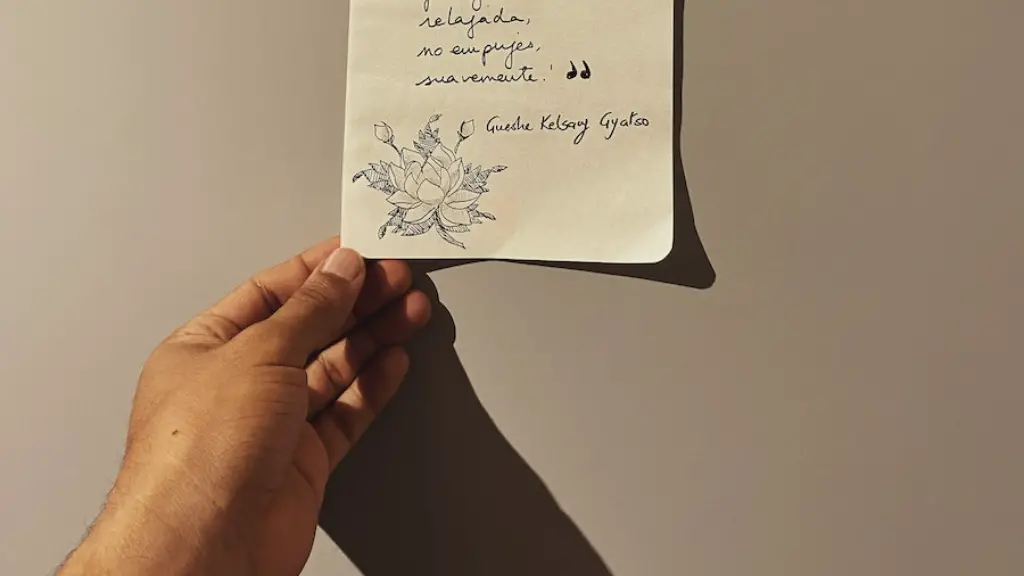Biography
Langston Hughes (1902-1967) was an African American poet and novelist. He is best known for his poetry collections such as The Weary Blues, Montage of a Dream Deferred, and Ask Your Mama, as well as his short story, “Thank You Ma’am.” Born in Joplin, Missouri, Hughes was a poet, novelist, and playwright, but his specialty was writing poems related to the Black experience and the Blues.
Having begun his career at 17 he was widely published by the 1930s. He was among the most popular of mid-20th century African American poets, widely praised by critics and readers alike, even as his work became increasingly politicized. In 1934, he was the first African American to receive the Guggenheim Fellowship.
Recognized as a prominent figure of the Harlem Renaissance in the early twenties and thirties, Hughes gained enormous international fame with his craft of capturing and expressing the sentiments of his African American audience by richly expressing their plight and working on social justice.
When Did Langston Hughes Write “Thank You, Ma’am”?
Langston Hughes wrote the short story “Thank You, Ma’am” in 1958. Initially, the story was published in the magazineToday’sWomanWorld, then reprinted in the anthology The Best American Short Stories of 1959.
The story is about a young black teenager, Roger, who tries to steal Mrs. Luella Bates Washington Jones’s purse. She catches him, but instead of punishing him, she takes him home and feeds him. The story is “a sly report on the power of a kind gesture,” as The New Yorker put it, in which Mrs. Jones “helps him without punishing him.”
In the story, Mrs. Jones acts as a motherly figure, taking Roger in and offering him a gift of shoes and food. Although Mrs. Jones never explicitly spells out the lesson she’s teaching him, the reader can make the inference that his actions could have [had] far worse consequences. The story serves as a reminder that being kind and showing mercy to even someone who does something wrong can have a lasting impact on that person.
The Picture of Humanity
Hughes was known to be a great artist in conveying humanity and his works have been widely praised for their innate portrayal of the complexities of people. “Thank You Ma’am” is a great example of the kind of humanity that Hughes was able to convey. In the story, Mrs. Jones humanizes Roger in a compassionate and humble manner. She recognizes that he is just a young boy and lets him off without punishing him. Her demeanor is that of one who empathizes with his situation and sees potential in him instead of punishment and judgement.
Hughes was a master at capturing a person’s essence and humanity in his work. In “Thank You Ma’am”, he highlights the power of kindness and grace, something that Mrs. Jones offers to Roger and which ultimately changes his outlook on life. By giving Roger a second chance when she could have just as easily punished him, she shows that no matter how hard our circumstances may be, we all have the power to do good in the world.
Analysis
Many of Langston Hughes’s works reflect the warmth of compassion that is carefully balanced with the harsh realities of inequality. “Thank You Ma’am” is no exception, as Hughes utilizes the themes of kindness, mercy, and empathy to recognize the simultaneous power and weakness of human relationships.
Though the story is set in a society plagued by racism and classism, Hughes does not ignore the fact that within the context of such an oppressive society, even the most downtrodden of individuals can still show mercy and kindness. In the end, the character Mrs. Jones exhibits a generosity that helps Roger to see the good in himself and others, thereby providing a powerful example of how empathy builds community.
These are values that can be seen as applicable to this day, with both national and international movements advocating for equality, self-determination, justice, and second chances. All of these ideals are echoed back to us in Hughes’s work, reminding us that we do have the power to make the world a better place with a little kindness and understanding.
African American Heritage
Langston Hughes’s writing is often connected to the African American heritage and is full of references to the emotions, sociology, and culture of the African American people. His stories of resilience and strength in the face of adversity provide a perspective on the African American experience that has been acclaimed by readers of all backgrounds.
“Thank You Ma’am” is a prime example of this, showing how a seemingly small act of kindness is enough to change one’s outlook and perspective on life. Hughes’s work often speaks to a greater understanding of the African American experience, and “Thank You Ma’am” is no different. It conveys the idea that a small gesture of kindness can have a lasting impact on the life of someone in need.
With its themes of resilience, morality, and grace, this story speaks to the humanity in us all. It is a reminder that no matter what our circumstances may be, we all have the power to do good in the world.
Significance
The story of “Thank You Ma’am” serves as an enduring reminder of the power that kindness and understanding can have in even the most difficult of circumstances. By highlighting the power of mercy and grace over judgement, the story invites us to consider our own attitudes and how we respond to others.
The idea of “second chances” is a powerful message that resonates even today, as many people continue to struggle in unjust and oppressive societies. The story encourages us to look past these struggles and try to see the potential and humanity in everyone around us. It is a reminder that even small acts of kindness can have powerful effects and that we all have the power to make a difference.
Style
The style of the short story is simple, straightforward and direct. By avoiding any flowery language, Hughes is able to focus on the essence of the story, which is the power of kindness and grace. The power of the story lies in its economy of words, with Hughes making the most of each one. He paints vivid pictures with few words, relying on the power of imagery and emotion to relay his message.
The story is written in the vernacular of the day and utilizes an authoritative style, allowing readers to understand Mrs. Jones’s motivations and the potential impact of her actions. The story is both easy to read and understand, and with just a few pages in length, its simple structure makes it a great example of how to tell a powerful story with few words.
Conclusion and Legacy
Langston Hughes’s “Thank You Ma’am” is a timeless reminder of the power of kindness, compassion and mercy. By showing us how one kind and thoughtful gesture can change someone’s life, the story speaks to readers of all backgrounds, reminding us that even the worst situations can have a silver lining if we just open our eyes to the possibilities. It is a testament to the resilience and fortitude of the human spirit, and serves as a reminder of the importance of seeing the humanity in others.
Hughes created an enduring legacy for himself that continues to be celebrated to this day, and “Thank You Ma’am” is a great example of his talent in capturing the real and raw emotion of the African American heritage. By highlighting the power of kindness over judgement, the story conveys a powerful message that is applicable to readers all over the world.





